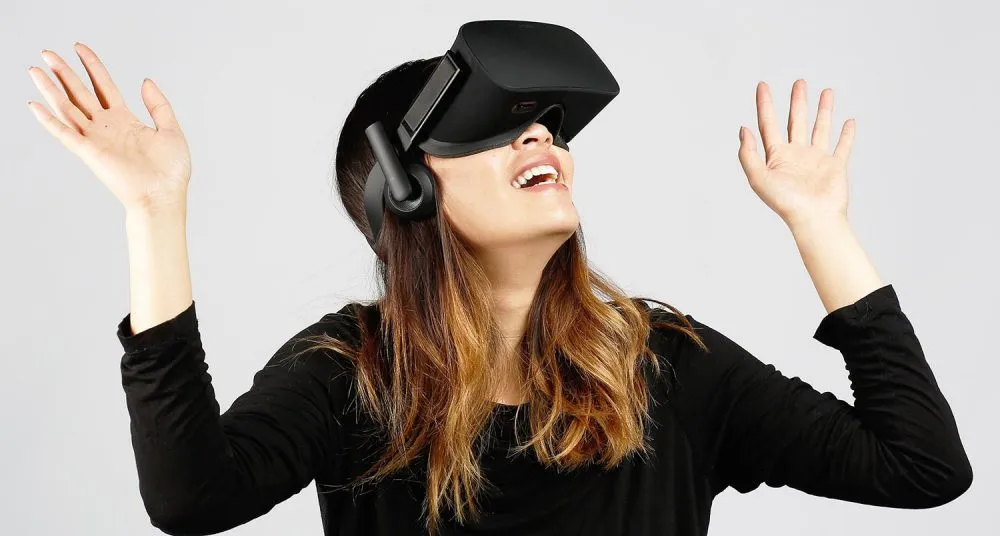The Oculus Rift S was introduced to a somewhat mixed reception last month. Oculus touted a device that made it simpler and easier to get into VR with incremental improvements. Many were instead hoping for something that raised the bar for PC VR. But, clearly, Rift S is not Rift 2. VP of Content Jason Rubin says that, to earn that name, a new headset would have to make big strides.
“I think if we did something we honestly called a 2 and felt comfortable with that name, it would need to include radical new tech,” Rubin told Variety in an interview published this week. “Like body tracking, eye tracking, a new form of input, a lot of things that would create a new ecosystem.”
We have seen glimpses of what Rubin’s talking about in prototype headsets shown by Facebook’s R&D labs. Last year, for example, Oculus showcased the Half-Dome prototype. It was a big step over the Rift, with a 140-degree field of view and varifocal displays. In comparison, Rift S has the same functionality as the original Rift, it just removes some of the clutter. There’s no need for external tracking sensors thanks to inside-out tech, for example.
We’ve also seen teases of Facebook sampling hand-tracking gloves and implementing features like eye-tracking. “If we added things like that it would radically change the ecosystem,” Rubin said.
Don’t expect Oculus to make that change for a while, then. Meanwhile, VR enthusiasts are pinning their hopes on Valve’s mysterious new headset, the Index, as the next step in high-end VR.


























